Configuring SDI capture
Live Video input inherently introduces frame latency during playback. Please contact Disguise support for guidance on performance standards.
The first step to getting SDI inputs into d3 is to configure the Active Silicon SDI capture card outside d3. To do this:
- Run the Active Silicon Phoenix Capture 32-bit application ( Start > All Programs > Active Silicon PhoenixCapture (32-Bit)). You will now be presented with a screen as in the image below.
- Select Phoenix > Control Centre.
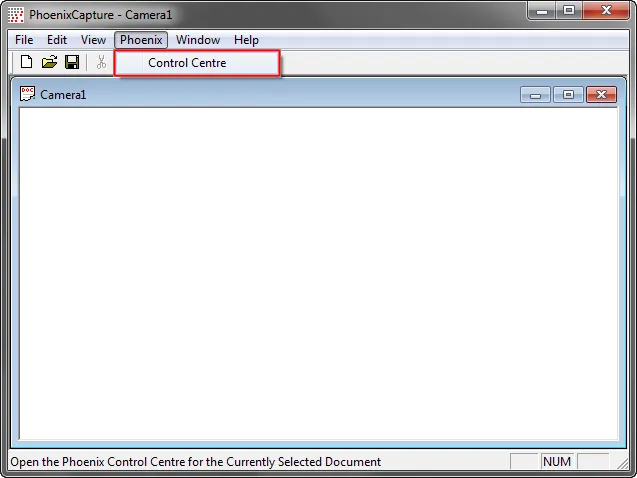 Use the cards capture application, in this example the Phoenix Capture application for a Phoenix card, to set up SDI capture
Use the cards capture application, in this example the Phoenix Capture application for a Phoenix card, to set up SDI capture - Select the board number and channel that you plugged your SDI source into then hit select file.

- Select the board ( 1 ) or ( 2 ) and port ( A ) or ( B ) within the Phoenix Control window.
- Select the correct configuration file for the SDI signal you are capturing ( PAL , NTSC , 1080i or 1080p)
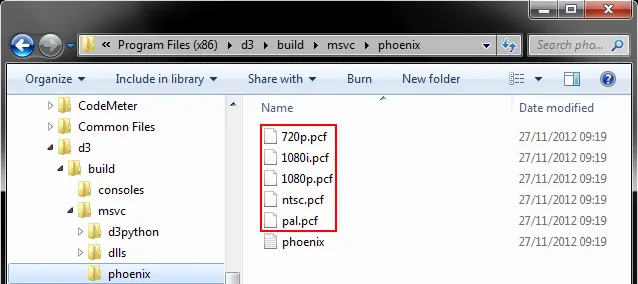
- Choose the appropriate configuration file for the SDI signal
- Click configure to save your settings.
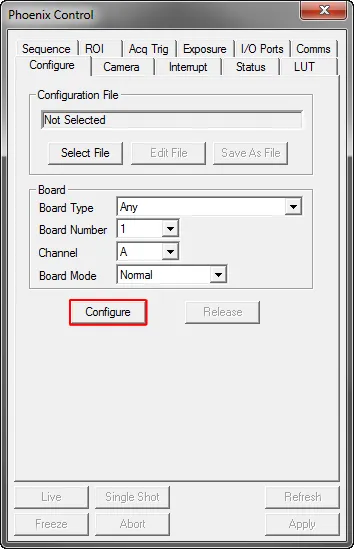 Click Configure to save your changes
Click Configure to save your changes - Click Live to test your signals.
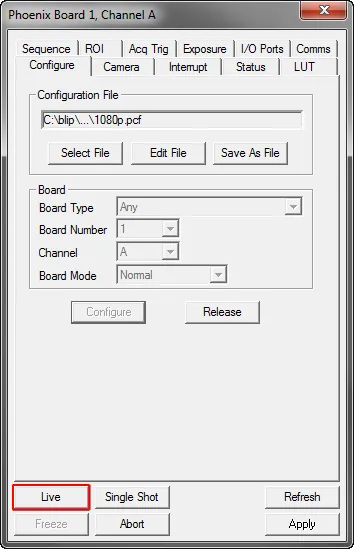 Click Live to test your signals.
You should now see the SDI input in the camera window screen in the Active Silicon PhoneixCapture window.
Click Live to test your signals.
You should now see the SDI input in the camera window screen in the Active Silicon PhoneixCapture window.
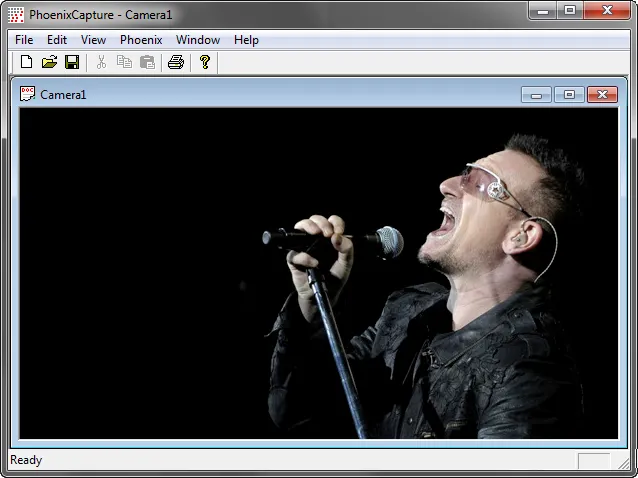 Signals that are sent successfully will display an image in the camera window of the cards capture application
Signals that are sent successfully will display an image in the camera window of the cards capture application - Click Configure to check the status of the card. Please note: if an error message pops up it may be necessary to re-flash or update the driver. software. For any other problems please contact the Disguise Suppport. The capture card has now been configured and you can continue with creating a Video sampler device in Designer.